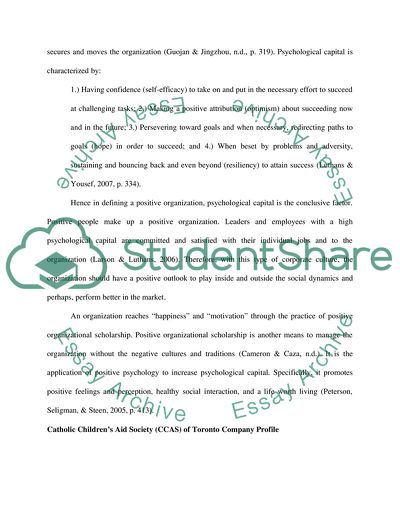Cite this document
(Application and Evaluation of Positive Psychology Intervention Term Paper, n.d.)
Application and Evaluation of Positive Psychology Intervention Term Paper. Retrieved from https://studentshare.org/psychology/1741132-design-an-intervention-and-how-to-evaluate-its-effectiveness-increasing-positive-attributes-within-an-actual-organisation
Application and Evaluation of Positive Psychology Intervention Term Paper. Retrieved from https://studentshare.org/psychology/1741132-design-an-intervention-and-how-to-evaluate-its-effectiveness-increasing-positive-attributes-within-an-actual-organisation
(Application and Evaluation of Positive Psychology Intervention Term Paper)
Application and Evaluation of Positive Psychology Intervention Term Paper. https://studentshare.org/psychology/1741132-design-an-intervention-and-how-to-evaluate-its-effectiveness-increasing-positive-attributes-within-an-actual-organisation.
Application and Evaluation of Positive Psychology Intervention Term Paper. https://studentshare.org/psychology/1741132-design-an-intervention-and-how-to-evaluate-its-effectiveness-increasing-positive-attributes-within-an-actual-organisation.
“Application and Evaluation of Positive Psychology Intervention Term Paper”, n.d. https://studentshare.org/psychology/1741132-design-an-intervention-and-how-to-evaluate-its-effectiveness-increasing-positive-attributes-within-an-actual-organisation.


